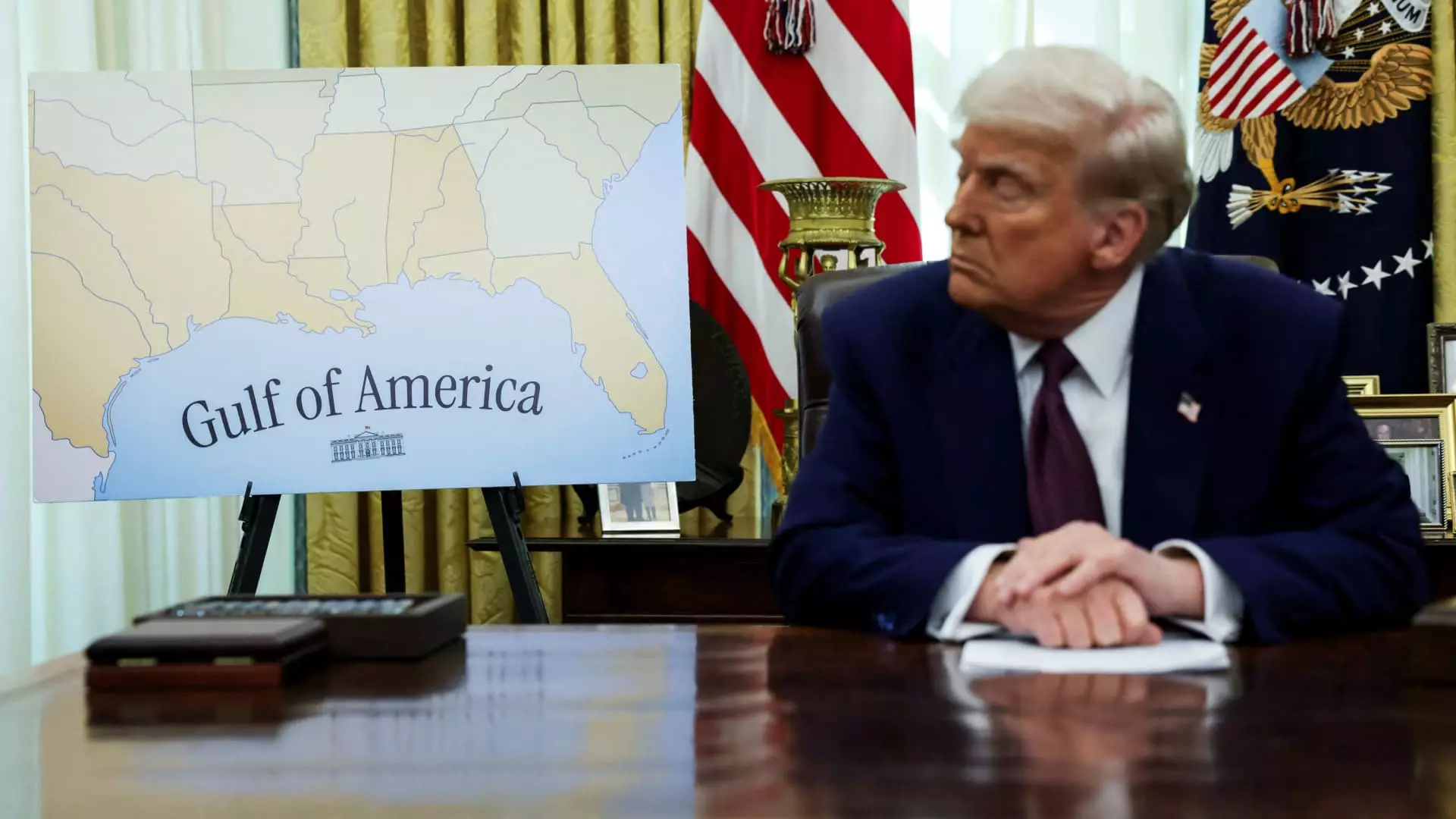The Impacts of Tariffs: A Deep Dive into Economic Vulnerabilities and Market Reactions

The intricate dance of international trade often resembles a double-edged sword, especially in an age where tariffs can shift the fortunes of markets almost overnight. The recent implementation of tariffs by President Donald Trump—targeting imports from China, Canada, Mexico, and possibly even Europe—has left investors anxious and markets unsettled. This article examines the ramifications of these tariffs, the sectors most at risk, and the differing responses from various market analysts.
President Trump’s return to office was marked by the swift introduction of a 10% tariff on all imports from China, escalating concerns among investors regarding future market stability. China, responding assertively, imposed retaliatory tariffs as high as 15% on specific U.S. goods, such as coal and liquefied natural gas. This trade tension is not confined to China alone; Canada and Mexico have also felt the impact, particularly when Trump announced a staggering 25% tariff on goods from these neighboring countries—albeit with a temporary hold that has yet to indicate a long-term resolution. Even the European market is not exempt, as Trump considered the introduction of “reciprocal tariffs,” signaling a broadening of the scope for potential economic conflict.
The uncertainty surrounding tariffs has prompted investors to adopt a more cautious approach. Notably, billionaire investor Steve Cohen voiced his critique, emphasizing that tariffs represent an indirect tax and shouldn’t be considered beneficial. He forecasted a potential market correction in the near future, highlighting a shift in investor sentiment that could manifest in volatile movements in stock prices. With rampant unpredictability becoming the new norm, many sectors are bracing for a potentially rocky ride.
Amid this turbulent backdrop, scrutinizing which companies stand to be most impacted becomes essential. Goldman Sachs’s analysis points to several firms heavily tied to regions like Latin America, Asia Pacific, and Europe, the Middle East, and Africa (EMEA).
For instance, AES Corporation, a renewable energy company, garners about 53% of its revenue from Latin America. The company’s stock has suffered over the past year, losing over a third of its value amid declining investor confidence. On the other hand, American Airlines, which derives approximately 14% of its revenue from Latin American operations, finds itself in a seemingly safer position. Analyst Andrew Didora suggests that the airline’s minimal revenue dependence on Mexico lessens its vulnerability to tariffs, indicating a possible resilience in the airline sector in the face of international trade disputes.
Sector-Specific Implications in EMEA and Asia Pacific
Further dissecting revenue exposure, Booking Holdings appears to be highly susceptible to the EMEA region, with nearly 80% of its revenue sourced from there. Despite these concerns, the company previously reported earnings exceeding expectations, indicating a strong operational performance amidst ongoing trade tensions. Conversely, APA Corp., an oil and gas explorer, faced an 18% decline in stock over the same period, showcasing the stark contrasts in resilience among companies operating within the same geopolitical climate.
Adding to the complexity is Fortinet, a cybersecurity firm with substantial revenue (about 40%) deriving from EMEA. Interestingly, analysts believe the cybersecurity sector may be buffered against tariff impacts. According to TD Cowen’s Shaul Eyal, the urgency and necessity surrounding cybersecurity measures position it as a critical industry and a bipartisan issue, which could offer some protection from economic fluctuations induced by tariffs.
In the Asia Pacific region, Las Vegas Sands is a noteworthy player, with its revenue entirely dependent on this market. Yet, analyst David Katz remains optimistic, citing the strong governmental connections and well-managed properties of Sands, suggesting that significant revenue losses from tariffs are unlikely. This assertion emphasizes the nuances in how different companies are navigating the complex web of tariffs and international relationships.
As the trade landscape evolves with the potential for further tariff implementations, companies are left confronting the uncertain economic waters ahead. The different sectors reveal varying degrees of resilience and exposure, which will influence investor strategies going forward. The ability to navigate these complexities while adapting to a rapidly changing market reality will ultimately shape which companies can thrive or merely survive amid the waves of economic protectionism. The ongoing saga of tariffs serves as a salient reminder of how interconnected global markets can be, and the profound impact policy decisions can wield over financial landscapes.





